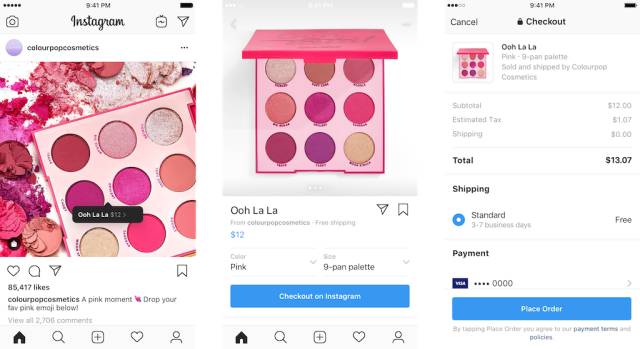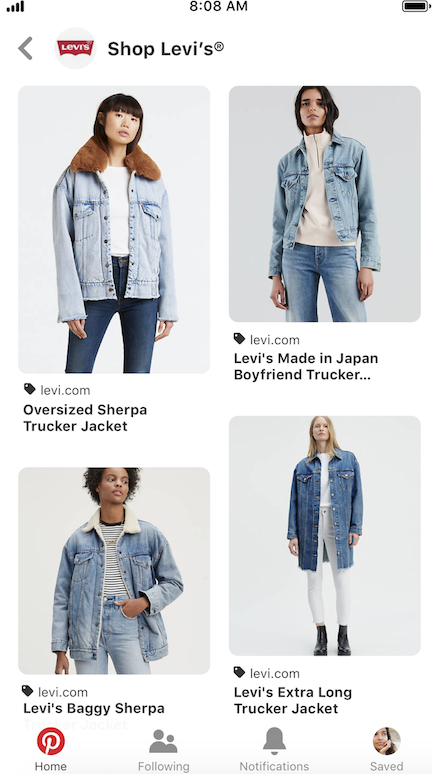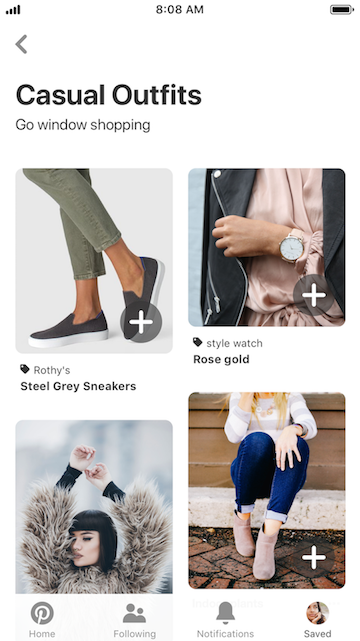Often, businesses think of SEO and online advertising as being entirely separate. They may feel like they need to choose one or the other. However, a new study from WordStream shows that most experts agree that SEO and advertising work best together, not apart.

The new data published in WordStream’s report on the online advertising landscape in 2019 reveals that more than three-quarters (79%) of online advertisers are also incorporating SEO within their marketing strategies.
Even more, digital advertisers ranked SEO as the leading marketing channel aside from advertising for growing their business.
The full breakdown of responses is as follows:
Outside of digital advertising, what other marketing channels are you using to grow your business in 2019?
- SEO – 79%
- Email marketing – 66%
- Content marketing – 60%
- Word of mouth marketing – 47%
- Direct mail – 32%
- Event marketing – 26%
- Guerrilla marketing – 9%
- Affinity marketing – 6%
- Telemarketing – 4%
- Other – 1%
As WordStream explains, the findings show that while advertisers may prioritize paid search for bringing in immediate revenue, they also recognize the importance of fostering a long-term strategy for bringing in new potential customers:
“Like content marketing, SEO can be an extremely valuable long-term strategy when done effectively. Kudos to those surveyed for recognizing the importance of balancing short-term results with a long-term strategy for sustainable growth!”
The report includes a number of other interesting tidbits about the current state of online advertising, including the discovery that nearly half of advertisers are increasing their Google search ads budgets this year.






